
11 minute read
REMEMBER WHEN
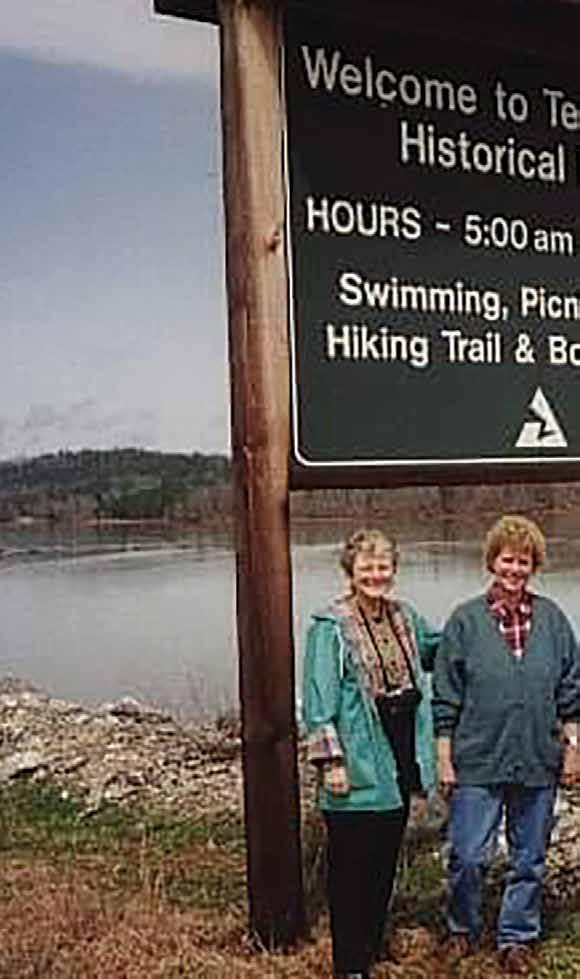
Bette Sue, Charlotte (middle) and Patsy
Advertisement
Remember Remember When –When –
Story by Katie Bohannon Submitted photos | Archived photos
While prominent names like de Soto and Jackson might eclipse the countless individuals affiliated with the Ten Islands, their experiences, along with the incredible historical foundation planted before them, might have been submerged with the islands if not for the commitment of three local women. Together, avid researchers Patsy Hanvey, Bette Sue McElroy and Charlotte Hood advocated for the recognition of the Ten Islands in the early 1990s, negotiating the area’s preservation with Alabama Power. The group, who called themselves ‘The Ten Island Three,’ convinced Alabama Power to finance The Ten Islands Historical Park. “We just started kind of pulling things together,” Hood told The Gadsden Times Staff Writer Cindy West in a 1991 article. “We realized then how unique this history is. It’s just a complete cycle of humanity, from prehistoric to contemporary.” Commercial art and anthropology-focused Jacksonville State University graduate Hanvey was recognized by the state of Oklahoma as Cherokee by birth. Throughout her life, she traveled across the U.S. until retiring near what was once the Cherokee Nation capital on the Coosa River in North Gadsden, where her ancestors lived. A recipient of the Annie Forney Daugette award for most outstanding graduate in academics, talent and character, Hanvey overcame dyslexia and frequently reproduced prehistoric and historic Southeastern Cherokee pottery in traditional form. She dug her own clay, keeping dried chunks in various colors in baskets in her workroom and created paints from natural resources. How the ‘Ten Island Three’ preserved Alabama history

DeSoto
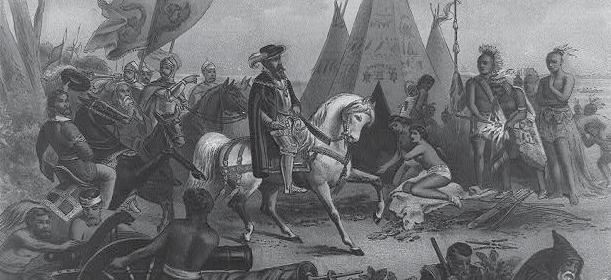
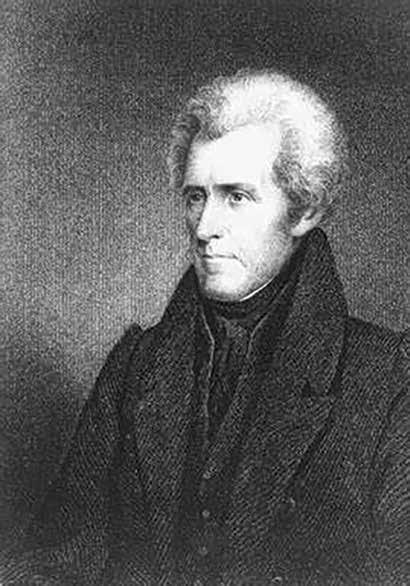
Hanvey’s archeology professor introduced her to fellow scholar McElroy, who shared her interests. An Auburn University graduate, McElroy taught at Disque Middle School and Episcopal Day School, giving private art lessons to students before becoming the archivist at the Gadsden Public Library. McElroy’s daughter, Mary Ann Watkins, recalls her mother as a lover of life and people, who treasured stories from all generations and discovered value in each moment. McElroy’s immense passion for learning sparked her intrigue in The Ten Islands, which led to her eventual crossed paths with Hanvey and Hood.
Hood studied piano at DeShazo College of Music in Memphis, Tenn., attending both Gadsden State Community College and Jacksonville State University to specialize in early childhood education and music. A 1991 Gadsden Times article detailed Hood’s discovery of an oddly shaped natural artifact at the Ten Islands area, which she found with her husband, an Alabama Power executive. Upon showing the rock to JSU archeology specialist Harry Holstein (Hanvey’s professor), Holstein connected Hood with Hanvey and McElroy, writing a new chapter in history with formation of ‘The Ten Island Three.’
Former Gadsden Times writer Bill Thornton recalled a 1993 interview with the women during the official reveal of the historic park. Thornton, who was 22 years old and fresh out of school at the time, remembers them as a hoot – an enthusiastic and unforgettable bunch whose commitment and caring natures were evident. “It’s been really exciting to see this come together,”

Dana Ellison and LAH Star Performers for You!
Consistent Top Producer Dedicated Silver Level in Sales
Named 2021 Best Realtor by readers of Discover St. Clair Magazine
Dana Ellison , REALTOR® 205-369-1413
danaellison@lahrealestate.com
Most units closed at LAH REAL ESTATE Mountain Brook in 2020
WHO IS YOUR PT?

TherapySouth is an outpatient physical therapy practice with a fun, family-oriented environment. For more than 30 years, Tyler McGrady and the experienced physical therapists in Pell City have built relationships with their patients and helped them achieve their physical goals. We know you have a choice for your healthcare, and we’d love for one of our great people to be your physical therapist!

Pell City | 205.338.6106 | 85 Plaza Drive
www.therapysouth.com
Hanvey told Thornton. “The information on this place came together so quickly. It was like someone took us by the hand.”
“People need to know this is a wonderful place, with adventure coming out of every tree,” said McElroy in the same article.
Though Thornton only wrote one article about them, he noted Hanvey, McElroy and Hood made an impression on him that withstood the test of time.
“There are certain people who have been together so long they can finish each other’s sentences,” said Thornton, sharing the trio were those people. “They had a ball with what they were doing – with this shared knowledge they could tap into. This matters (what they did to preserve the Ten Islands). When you think about Alabama history, Alabama is still a rural place in many areas where the past is still very much alive. That was their work. They stayed on my mind so long because of the kind of rare people they were. I can’t remember what I wrote last week, but I remember them.” Hanvey’s son, Mike, described the trio as a relentless group determined to ensure history is not forgotten, who taught him the importance of Native American culture and influence. He recognized the specific areas of unique expertise each woman possessed, bringing her beneficial talents to the table in a collaborative effort to protect land cradling generations of valuable lessons and intriguing stories. “The ‘Ten Island Three’ did not want the area to simply be lake covered and forgotten, as thousands of people today are fishing and swimming right above where Hernando de Soto, Andrew Jackson, Davy Crockett and Sam
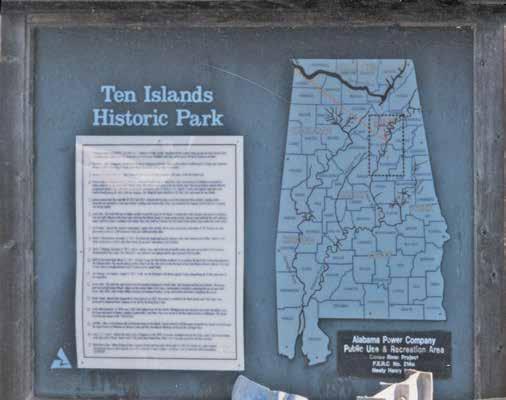
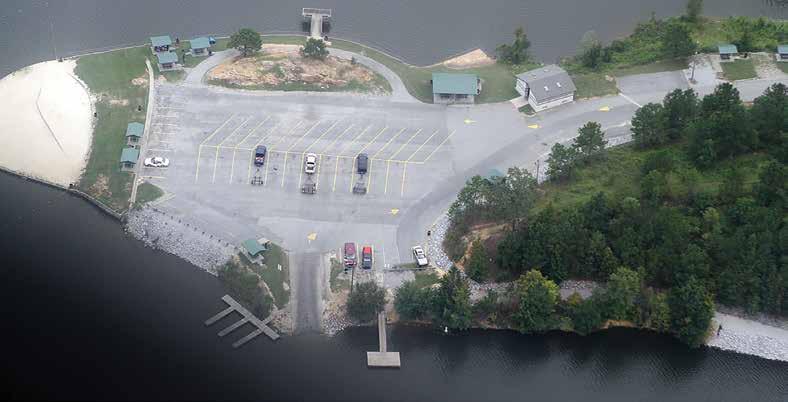



• Landscape Design & Installation • Hardscape Design & Installation (Kitchens, Fireplace & Fire Pits,
Retaining & Sea Walls, Driveways,
Patios, WalkWays and More) • Drainage • Irrigation Design, Installation,
Maintenance and Service • Outdoor Lighting Design Installation Maintenance and
Service • Custom Landscapes Features (Pergolas, Fencing, Staircases,
Ornamental Iron, Synthetic Turf) • Ponds and Water Features • Rain Water Harvesting and
Public Park Projects


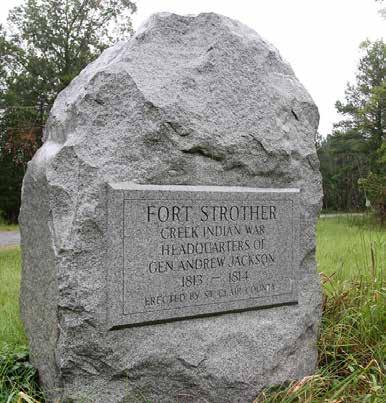

Houston once crossed the wild-flowing Coosa River,” said Mike. “Patsy Hanvey, Bette Sue McElroy and Charlotte Hood might not be remembered by their work but will always be remembered by the millions who will pass through and enjoy the Ten Islands Historical Park for eternity … but that’s all they wanted from the start.
“Man has the ability to build on top of things – to build dams and create lakes without a memorial to remind us the importance of preserving historic locations that came before. Things can easily be forgotten, and that takes special people with special talents to remind us of that importance. In this case, Bette Sue McElroy, Patsy Hanvey and Charlotte Hood were those people … ‘The Ten Island Three.’”
An excerpt written by Hood, McElroy and Hanvey for The Alabama Historical Association culminates the connection between the past and future ‘The Ten Island Three’ strove to protect and preserve. While ancient eras dwindle and new generations arrive, rising and falling with the transformation of the land, passionate individuals like them remain constant throughout the centuries. They act as dedicated gatekeepers of the lives, stories and history submerged in the modern world, luring lost chronicles to the surface.
“On certain days in the winter, when the river is at a low level, and no units are generating, it is still possible to walk across rocks and mud below the dam,” reads the concluding paragraph of the Ten Island Three’s 1995 submission to The Alabama Historical Association. “There you can see the prehistoric fish weir and walk around the bottom of Lock Three. But the days of wading the shoals, crossing on a ferry, walking a railroad bridge, or flagging a train to ‘get to the other side’ of the river are gone forever. As water flows through the dam, the electricity produced by Alabama Power Company lights the way for future generations.”

Ten Islands spans centuries of history
Story by Katie Bohannon Submitted photos | Archived photos
Ages before Etowah County’s Southside bridge connected cities or Alabama Power Company’s H. Neely Henry Dam furthered the development of the Coosa River, a series of 10 islands speckled the water of Northeast Alabama, one mile west of present-day Ohatchee.
The Ten Islands, coined “Oti Palin” by the Creek people who would settle there, traces back to 10,000 B.C., where a land enriched with natural resources such as shoals, river crossings and pathways flourished. Numerous historical incidents occurred on the collection of islands, linking the past to the present in significant ways.
According to John A. Walthall’s Prehistoric Indians of the Southeast, the islands were abundant with animals, including deer, raccoon, gray fox, turkey and quail, whose remnants join a collection of others proving their existence alongside pre-historic hunters and gatherers. Earliest Ten Islands settlers built fish weirs and stone, reed or wooden traps placed within stream channels to capture fish swimming along currents. Today, one of these fish weirs – along with other artifacts – remains visible below the southernmost island. The arrival of Hernando de Soto in 1540 altered the first-existing civilizations and charted a different course for the Ten Islands as he crossed the Coosa River, paving the way for other Europeans to follow his footsteps. The late 1600s established a trading center for Ten Islands inhabitants, with a Frenchman named Bonnefoy journaling his Rousseau voyage of the Chickasaw or Creek Path which led him to
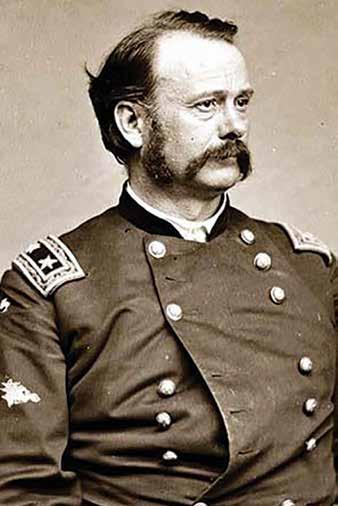
Fort Stother depicted
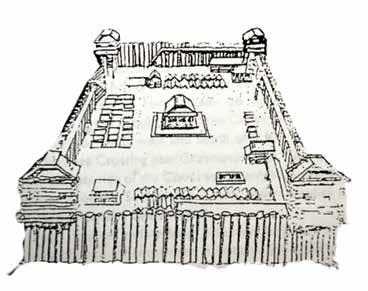
“the river of the Alibamons,” or the Coosa River.
Archaeologists later discovered evidence of a town at Ten Islands, with burials revealing French, Spanish and British trade objects at the edge of Bonnefoy’s Creek Path toward the Coosa. Years following Bonnefoy, George Wood claimed the land where the town resided and named it Wood’s Island, a title it carries since 1821.
Andrew Jackson, who would become president of the United States, traveled to the Ten Islands region as a general during The Creek Civil War of 1813, marching forces from Tennessee to Gunter’s Landing (presentday Guntersville) down the Creek Path toward the Ten Islands.
Well-known historical figures served under Jackson’s command, including frontiersman Davy Crockett, future Sec. of State John Henry Eaton, former Texas Gov. Sam Houston and military general (and Jackson’s nephew) John Coffee.
Notable citizens of the Cherokee, Creek and Chickasaw nations fought with Jackson, including Cherokee citizens Richard Brown, Major Ridge, John Lowery, John Ross and the Pathkiller; Creek citizens James Fife, Spoke Hadjo, Chinnaby the ‘Great Natchez Warrior,’ and his two sons Selocta and Sarlotta Fixico; and Chickasaw leader William Colbert.
During this time, Jackson established Fort Strother at the Ten Islands, which became the destination of Coffee, Crockett and other men after winning the Battle of Tallasahatchee. As the war progressed, supplies dwindled and soldiers grew weary, an altercation between an officer and recent recruit John Wood prompted Jackson to order an action that would garner opposition for his presidential campaign.
Following a confrontation where an officer required Wood to clean his untidy barracks rather than return to his post, which Wood refused, a court martial found Wood guilty of mutiny. The 18-year-old Wood was executed and buried at Fort Strother, along with many other soldiers whose graves remain there today.
Fort Strother served as the link between several significant battles in the war, including the Battle of Talladega and the Battle of Horseshoe Bend, which largely brought about a conclusion to the Creek Civil War.
After Jackson’s arrival at the Ten Islands, a series of events occurred – from the land serving as a survey point between the United States and Cherokee and Creek nations to the enforced relocation of thousands of Creek citizens from the Ten Islands region across the Coosa River to Gunter’s Landing. Walking in exile, the path they forged decades before was known as the Trail of Tears.
Throughout the eras, the Ten Islands proved the launching site of the first steamboat on the Coosa River and the site of the Civil War’s Ten Island Skirmish during which Union Gen. Lovelle Rousseau and his forces defeated Confederate opposition and destroyed Cane Creek and Janney furnaces.
Locks intended to grant riverboats easy access through the shoals were constructed along the Coosa, beginning near Greensport and ending below Wood’s Island, after which a railroad bridge was built. After Alabama Power Company introduced hydroelectric plant H. Neely Henry Dam in 1962, only two of the original Ten Islands remain – Wood’s Island and a small rock projection visible north of the dam. Peninsula at Ten Islands
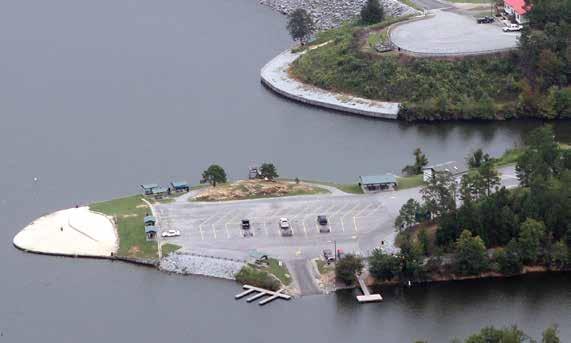
Is home ownership your goal for 2022? It’s Dawn’s, too! Trust Dawn to lead you home!

Dawn Williams
Buyer Recommended! Seller Recommended!






